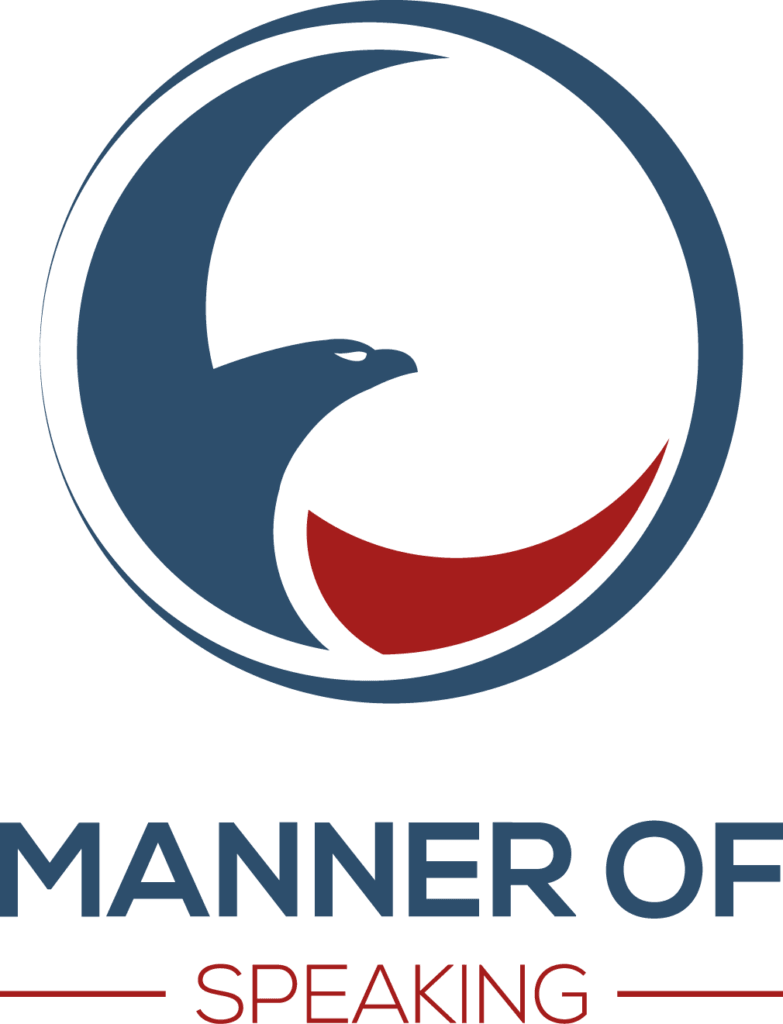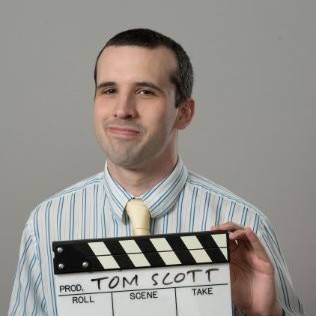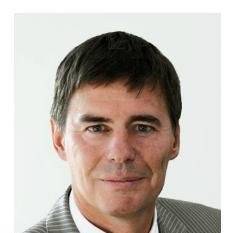
The Merriam-Webster dictionary defines “empathy” as “the action of understanding, being aware of, being sensitive to, and vicariously experiencing the feelings, thoughts, and experience of another”. Put simply, it means being able to sense another person’s emotions and imagine what it must be like for them.
Last week, two things from Seth Godin – a blog post and a podcast episode – got me thinking once more about how important it is for a speaker to have empathy for his or her audience.
The blog post
The blog post below is from 9 February 2022.
“Writing an instruction manual, doing a survey, creating a map–they’re all difficult tasks because of the translation that’s required: the person doing the work already knows what they’re trying to teach. But the person interacting with the manual doesn’t.
“The empathy required here overwhelms many people, regardless of how well-meaning they might be.
“After all, the person you’re instructing doesn’t know what you know (yet). They might not learn the way you learn. And you might have come to your knowledge via a different path.
“The three elements of successful instructional design might be:
- Find empathy for people who don’t know what you know yet.
- Test the work, often.
- Humility in design dances with the arrogance of believing we can help other people move forward.”
The podcast
The podcast episode aired on 19 January 2022. I was particularly interested in a question posed by a listener about analogies. You can listen to the question and answer here. For this post, the relevant part of Seth’s answer is set out below.
I believe analogies are a skill. They’re not a talent, we’re not born with them. But being able to argue and learn from analogies, is a skill. The way I know that is … because some people aren’t as good at them as other people, and I’ve seen people get better at them.
An analogy is a grappling hook. It is a ladder. It is a chance to take the thing you know about one thing, and put it to work to understand another thing. Using symbolic logic, using an understanding of how things work, you can get really good at using analogy to understand.
The relevance for speakers
In my series of posts on the book, Made to Stick, I discuss at length the curse of knowledge; a situation in which you know something so well that you forget what it was like when you knew nothing about it. When you give a speech or presentation, the audience might not be as familiar with the topic as you are. Thus, things that are obvious to you might not be obvious to the audience. If you are not aware of this knowledge gap, it is a problem.
Recently, I was working with a client on a team presentation. One of the team members had a slide on which there were some numbers. When I looked at the slide, the numbers did not add up for me. I spoke to the team member who explained the rationale. After a few minutes, it made sense to me. However, I suggested suggested some changes to the slide because I knew that people not familiar with the numbers would not understand them.
The team member made a couple of changes but not all of the ones that I had recommended. We did a practice round with a test audience and, sure enough, people did not understand the numbers on the slide.
As Seth Godin writes in his blog post, the people whom you are instructing – and, by extension, the audience to whom you are speaking – “… do not know what you know (yet). They might not learn the way you learn. And you might have come to your knowledge via a different path.” It is imperative that you keep this in mind when preparing. Doing so, shows empathy for your audience and improves your chances of being understood.
Analogies to the rescue
One of the ways in which you can help your audience understand your new idea – and thus show more empathy for them – is to use an analogy. Analogies, as Seth Godin says, are like grappling hooks (which itself is an analogy to explain an analogy). They link your new idea with something that the audience already knows.
I tell my clients to start where the audience is and take them to where you want them to go. Another analogy (coincidentally!) that I once heard is that you have to meet people at their bus stop. Imagine that you are a bus driver. Your route begins at the city centre and ends at the airport. In between, there are several stops. Different people are going to the airport, but they are waiting at different stops. Some are closer to the airport and some are farther away.

It is the same for your audience. Some people might know a lot about your subject and others very little. You have to be able to bring everyone in the audience to your chosen destination. To do so, you have to meet them at their metaphorical bus stop. Analogies can help.
One of my clients is the International Trade Centre, a multilateral agency based in Geneva, Switzerland with the mandate to provide technical assistance on trade issues in countries around the world. On one occasion, I worked with a woman who had been involved in the creation of a sophisticated database to allow companies in developing countries to find markets abroad. At the beginning of her presentation, she used a simple, but effective analogy to describe her project. She said that the database was the “Amazon of international trade”.
Was the analogy alone sufficient to help the audience understand the intricacies of the database? Of course not. However, because most people know what Amazon is, and because many people have used Amazon, we already had a sense as to what the trade database was all about. It was a great place to start.
As speakers, we have a message that we want to share with our audiences. We also need to have empathy for them and to realize that they might not know as much as we do. Take the time to think about how you will explain complicated matters and look for analogies that will help people understand.
















3 Replies to “Empathy for your audience”
Loved the “bus stops” metaphor! What a neat way to get speakers to think of their listeners as people with different needs, rather than as one “herd”.
One technique you can use to generate analogies is to draw your talk’s core idea as a simple diagram, then brainstorm what the sketch reminds you of. (More on that here.)
Thank you, Craig.
It is our goal as public speakers to convey an important message to our listeners. We should also remember that they may not be as well informed as us, and show some compassion toward them. Plan out your explanations ahead of time and use analogies to simplify difficult concepts.
Comments are closed.